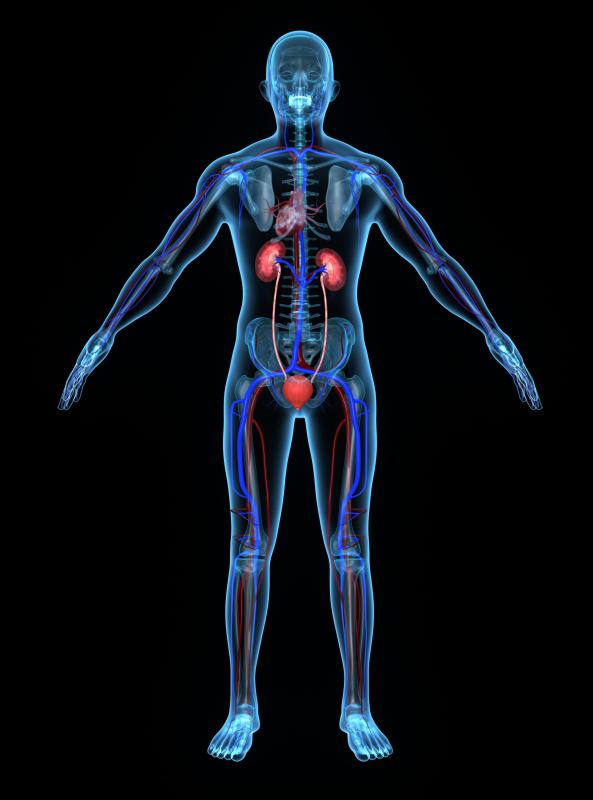At WiseGEEK, we're committed to delivering accurate, trustworthy information. Our expert-authored content is rigorously fact-checked and sourced from credible authorities. Discover how we uphold the highest standards in providing you with reliable knowledge.
What are the Dangers of Partially Hydrogenated Oil?
Partially hydrogenated oil is now often known by the more common name of trans fats. The oil undergoes a process in which hydrogen is added to it, which creates solidification to a certain amount. This makes it desirable as a substitute for things like butter, which are more expensive and have a tendency to get rancid in packaged foods. For a long time, it was common to find foods chock full of trans fats because consumers seemed to prefer them. This is changing quickly, due to the health risks they pose, and many large-scale food manufacturers are rushing to replace trans fats with other ingredients.
There is undeniably a danger in consuming partially hydrogenated oil of any kind. It has been shown to greatly elevate risks for some forms of cardiovascular disease. Trans fats from partially hydrogenated oil raise “bad” cholesterol or low-density lipoproteins. This would be bad enough, but there is also evidence that trans fats lower “good” cholesterol or high density lipoproteins. Increases of this nature can cause plaque build-up (atherosclerosis) in the arteries, which can in turn elevate risk for stroke.

Another of the dangers of partially hydrogenated oil is that it corresponds to greater chances of developing Type 2 Diabetes. This condition can damage the kidneys, the eyes, and the heart. There are some treatments that may delay damage, but it has to be asked why people would risk it when they know what to avoid, though certainly there are other things that elevate risk for this disease too.

It does need to be understood that there is a huge distinction between good and bad fats. Though partially hydrogenated oil is now considered one of the most dangerous products to consume, that doesn’t mean that all fats are bad. Good polyunsaturated or monounsaturated fats actually can confer health when used in reasonable amounts. Sometimes people have to be observant about reading labels though, and be certain that any oil does not have the word “hydrogenated” associated with it.

Interestingly, there is also difference in trans fats. Butter, for instance, contains some trans fats, but these have not been shown to create the same risks as partially hydrogenated oil. It is thought that the hydrogenation process is particularly harmful and that most people would be better off eating a simple saturated fat like butter than they would be if they consumed things like margarine made from hydrogenated oil. Of course it’s more sensible to stick to eating primarily monounsaturated fats.
AS FEATURED ON:
AS FEATURED ON:















Discuss this Article
Post your comments